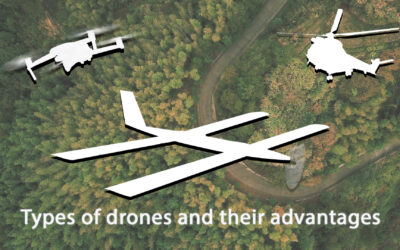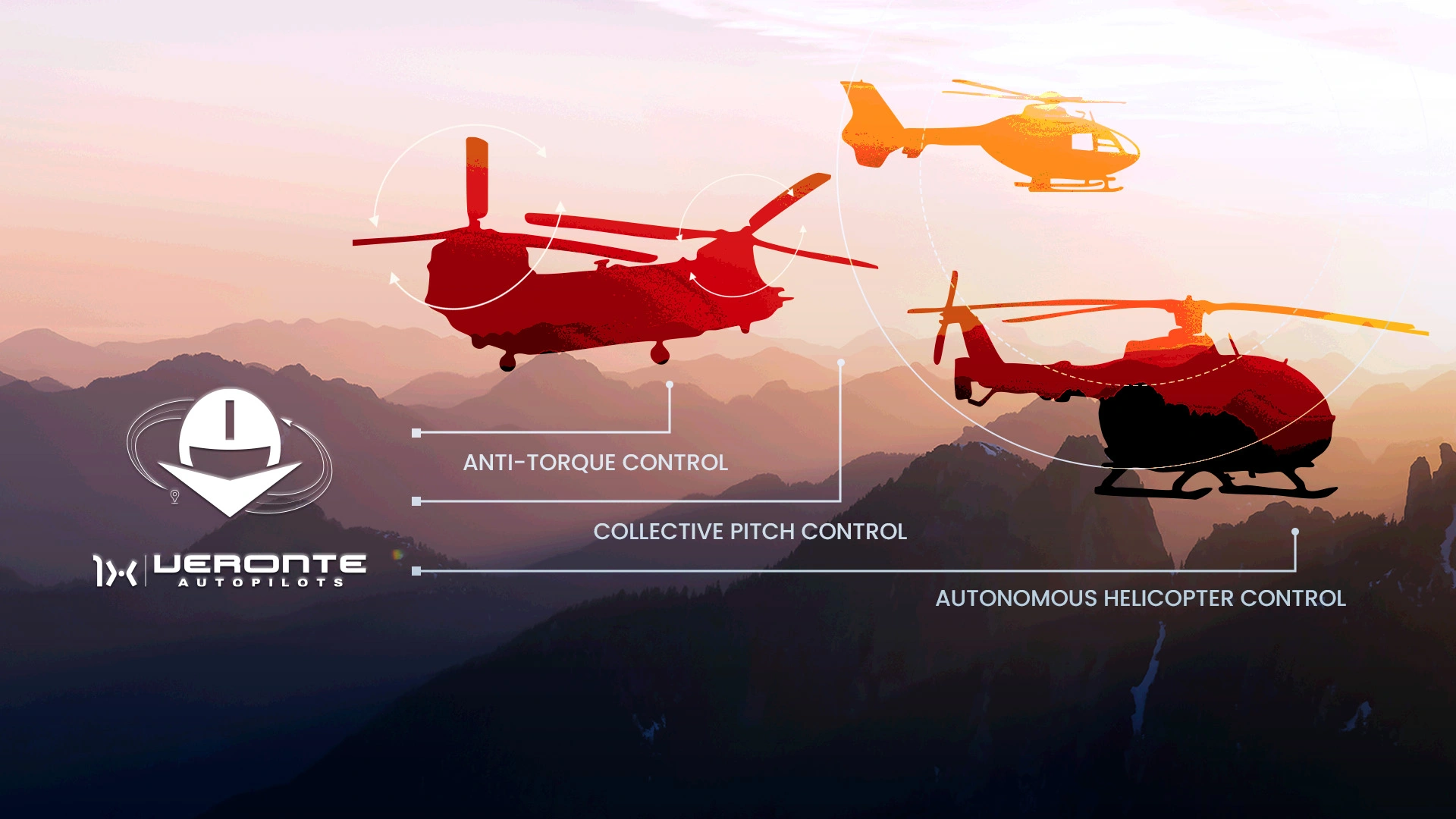Embention will be partner in the LOTUS project (Low Observable Tactical Unmanned air System) awarded for funding by the European Commission in the framework of the EDIDP (European Defence Industrial Development Programme) 2019 Calls for Proposals.
Last July, the European Commission approved the grant agreement for 9.7 million € of funding signed with the consortium of the LOTUS – Low Observable Tactical Unmanned System project, which is a new European Tactical UAV, specially designed for the effective border surveillance and reconnaissance of threats and high value targets.
Together with Embention, the consortium of the LOTUS program includes other industrial, scientific and military entities from Greece, Cyprus and Netherlands:
- The coordinator of the consortium Intracom Defense (IDE)
- Aristotle University of Thessaloniki
- Altus LSA Commercial and Manufacturing S.A.
- CFT Carbon Fiber Technologies P.C.
- The University of Patras
- The Hellenic Air Force Telecommunications and Electronics
- Signal Generix Limited
- CYRIC Cyprus Research and Innovation Center LTD.
- Geoimaging Limited
- RHEA Group
LOTUS project – Objectives
The LOTUS project has the objective of the development of a low-observable tactical RPAS with the capability to provide near real time information and with modern self-protection. The Tactical UAV project has the duration of 45 months. The development will include: a mothership TRPAS equipped with ISR sensors, designed for low observability and high endurance, incorporating a self-protection system against enemy threats; a system of tube-launched, 4 foldable-wing drones, deployable from the mothership, while the 4 small UAVs remain at a safe distance, on-board sensor data processing capabilities for target detection, recognition, identification and classification, and a ground station.
Some of the innovative key features that the Low Observable Tactical Unmanned System will employ are:
- Stealth properties, hiding it from enemy forces
- Stand-off operational capabilities
- Airworthiness and interoperability based on NATO standards
- Reliable communications
- Extensive adoption of Artificial Intelligence
- Cybersecurity and Expandability to support additional missions
Embention’s role in the LOTUS program
The Veronte Autopilot 1x will be the core of the Low Observable Tactical Unmanned System, it will provide various functionalities and tools which will make sure of having an advanced control system for this aircraft.
The Lotus system will include 5 UAV systems flying simultaneously, the mothership and other 4 foldable-wing drones. The Veronte Autopilot 1x will ensure the stability of the UAV formation flight, which is the flight of multiple drones in coordination, and manage the information exchange between them. As well, the Veronte Autopilot 1x will provide tools for the ISR (Intelligence, Surveillance and Reconnaissance) mission, that collects information regarding the target and tracks its movements.
Also, the Veronte ecosystem will be enhanced for maximizing NATO compatibility. The Veronte Autopilot VSM for STANAG 4586 will be updated to ensure a high level of compliance with the Standard Interface of the Unmanned Control System (UCS) from NATO. This development opens the doors so Veronte Autopilot 1x powered UAVs can extend its operations in NATO programs and ensure the interoperability with existing NATO control stations.
Within the certification, the Veronte Autopilot 1x will be implicated in the design of the UAV system in compliance with the STANAG 4671 airworthiness Requirements and the DO-178C and DO-254 with a compliance level DAL B, as the Veronte is the unique UAV flight controller with proben compliance with these standards.















